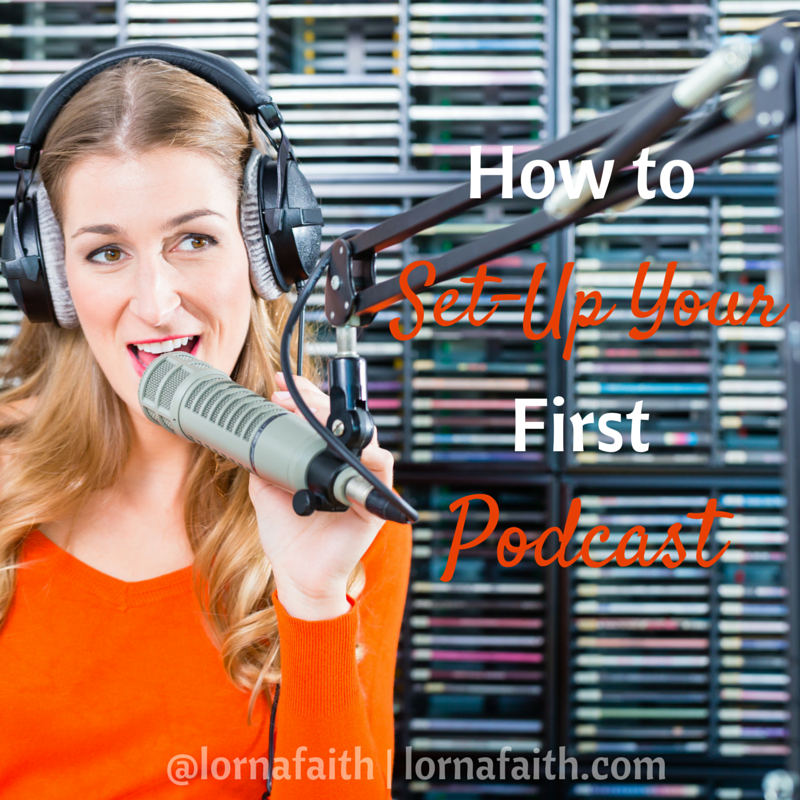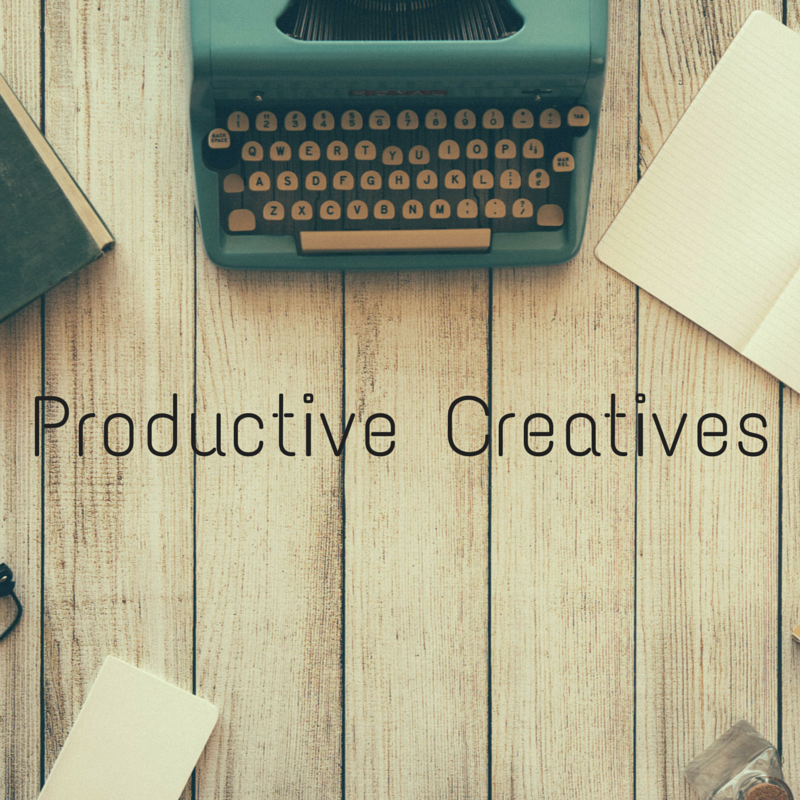Podcasting is an awesome way to reach people with your brand. Whether you are interviewing people, telling a short monologue of inspiration or if you decide to podcast your novel, you are reaching people in a more personal way.
This is a great way for people to get to know, like and trust you, because they start to hear your voice and get to know you even better through audio. When people get to know the real you, they start to connect with you even better. Of course, you can also find a way to be more personal on your blog, which will definitely help you as an author, to draw even more readers to buy your books.
Since there are not many authors doing podcasts, if you choose to do some sort of audio, it can be a great way for you to really stand out and start to build some amazing relationships inside your genre or niche.
Since I’m in the process of starting a new podcast, it feels like I’m doing this again for the first time. So, I thought I’d share my steps. I hope this helps you too.
*Photo created with Canva
My Learning Curve…
When I got started with my 1st podcast almost 2 years ago now, I didn’t really know what a podcast was. Even though I ended up with a little less than 20 episodes with the old podcast, I found chatting with all those amazing people very rewarding. And I learned so much from each and every one of them.
I can honestly say I truly love podcasting.
That’s why I want to keep interviewing people, but this time I’m more focussed. It took me awhile to realize it, but what I love talking and writing about most is, to help and inspire people to write amazing stories. That’s why the Podcast will have the same title as this blog, Create A Story You Love. I’ve already had the privilege of recording a few interviews with a fiction author, a indie non-fiction author and a writer/blogger, so it’s just a matter of setting the podcasts up and putting them onto iTunes.
So what is a podcast?
A podcast is an audio file that you can stream and distribute online. Podcasts can be a radio show, talk show, university lectures, interviews, novels/audiobooks or pretty much anything you can think of.
The beauty of a podcast, is that you can download the audio anytime instead of a radio show, which is only broadcast at a certain time each day. You can also subscribe and have the episodes downloaded automatically to your player.
I often listen to podcasts when I’m busy making supper or driving the kids to school. The wonderful thing is that there are tons of free podcasts out there in cyberspace, many of them with loads of great information and inspiration. Just go to the Podcast section on iTunes and look in the category you want and you can start listening right away.
So what are the steps to set-up your first Podcast?
Step 1: Plan Your Podcast Ahead of Time
This is what I should have done better with my first podcast. I didn’t plan too much ahead, and just jumped in because I was excited about podcasting. I’m learning how to do that better this time around.
I plan my interviews a couple months in advance by either emailing or sending a FB/Twitter text. I discover people all the time with interesting stories they’ve written in fiction or non-fiction and I ask if they would consider being interviewed. Many times I’ve already created a relationship with them first on Facebook or Twitter and I’ve read their blog or I’ve found them on someone else’s blog.
After I’ve figured out a time and date to call(I use www.scheduleonce.com), I email the a week before the interview with the questions I have for them based around the topic of the interview. I do let people know that I might talk about other topics, depending on their answers to questions – because something they say might spark another question – but it allows them to time to prepare.
Podcasting is sort of an indirect form of marketing. But, it’s really more about creating awareness on a topic and I do try to focus on helping give answers to specific questions people might have around a topic.
It’s also a way to help those you interview to promote their books or website, so I always give time for the interviewee to share more about their products at the end of the podcast.
Step 2: How To Create the Audio
Since I started doing podcast interviews, I’ve used Skype. It’s free for anybody to use, so in that way it works for almost all the people I interview. I discovered you need to add on software to record the audio. If you use a PC: Pamela.biz. If you use a Mac: eCamm Recorder.
I also do a video recording of the interview at the same time that I’m recording the audio. It’s really easy to do. I used to use my iphone earplugs to record, and that worked ok. But I learned from other podcasters like Cliff Ravenscraft, Jonathan Milligan or Joanna Penn that there’s other tools I could use. So I ordered the Blue Microphones Yeti USB Microphone – Silver and I’ve been quite happy with it’s clear sound.
Normally with podcasts, you need to create an intro and an outro and have some music in the background. You need to use royalty free music. But there’s a few places where you can get some music for quite cheap like freeplaymusic.com or musicbakery.com. All you need to do is create a short ‘loop’ of the music and then record the audio and save these short files to add into each podcast at the beginning and the end.
Step 3: How to Edit the Audio/Video
In a podcast, it’s good to leave your natural human voice for the most part. I leave in a few little mistakes, but I do edit out stuff like loud dogs barking, loud trucks, etc. Also sometimes there are technical problems which I try to edit out too. For the most part, people understand that podcasts are done by people who are amateur, so listeners are forgiving of the little mistakes.
Free editing software for Mac or PC: Audacity.
For Mac: I use GarageBand and it works good. I’ve also started using Screenflow to edit the videos and that seems to work well too.
These took me a little time to figure out, but now they are quite easy to use. All you need to do is highlight and then cut segments, drag and drop files. Then save the files as .wav or .mp3.
I used ID3 editor to tag my .mp3 files and upload graphic for the podcast, and then it’s ready as a finished .mp3 file.
Step 4: How to Publish the Podcast
I have been using Libsyn.com to host the audio files for $5/month. It’s worked for me so far. I have considered using Amazon S3(with Bucket Explorer) to host finished audio files, which is incredibly cheap to use too.
This is when you upload your finished files to Libsyn.com or Amazon S3. The reason for having an outside source to host your audio files, is so that the download speed for your listeners is still quite fast even as your number of podcast listeners grows.
An easy way to put your audio file up onto your wordpress blog, is to use the Blubrry plugin for WordPress blogs(this is free) to create the play button and the download link. All you need to do is put the URL link from Amazon S3(or Lisbyn) and it does the rest. It’s quite easy. Blubrry has it’s own feed to iTunes and you can easily follow the steps in Blubrry or you can listen to Pat Flynn’s series of podcasting videos to help you learn how to set that up.
Then all you need to do is listen to the final file and create the show notes for your blog post. I usually create a summary of the podcast, but at some point, I’d like to be able to have a transcription done of each podcast. Having a summary or transcription of the podcast also helps to give your website extra SEO.
Once that’s done, you should be ready to go.
Podcasting takes a little bit of time of course, but it goes faster the more you do it. It takes me around 1 hour to prepare, 1 hour to do the interview and about 2 hours to edit and write the summary. This is quite a bit of work, but for me it’s only every other week and because podcasting has been so helpful and inspiring to writers, I consider it a good investment of time.
If you have any questions about podcasting, please let me know in the comments below.
*Photo created with Canva
*Some of the above links are affiliate links and help to support this blog


